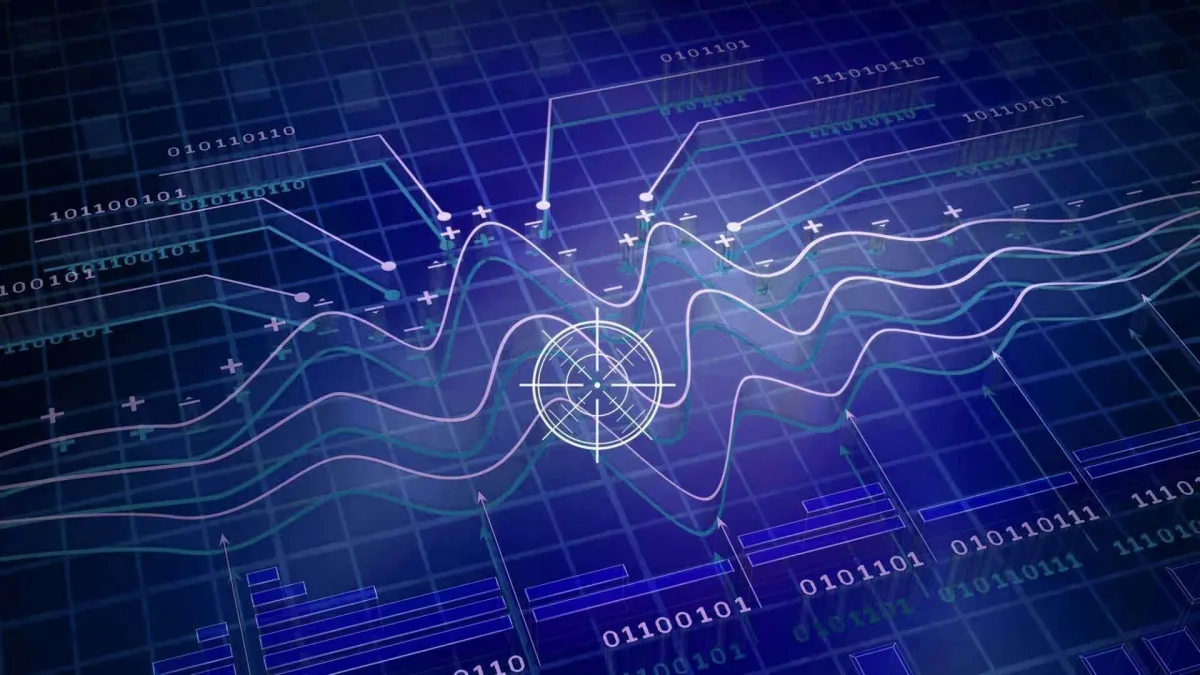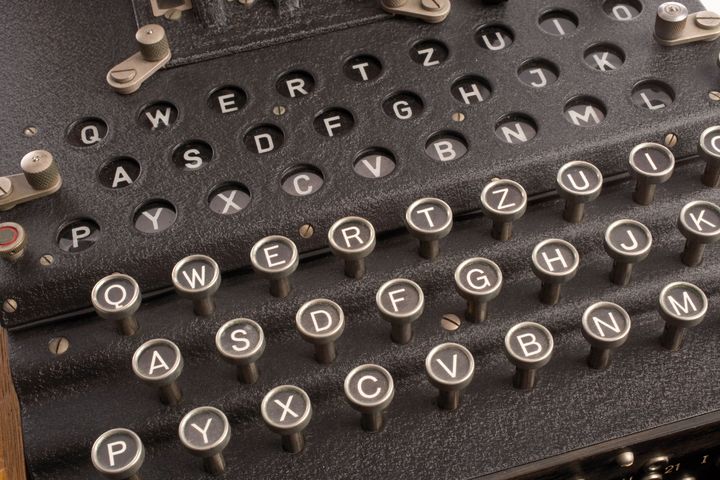DIGITAL SIGNAL PROCESSING

Digital Signal Processing is the process of analysing and modifying a signal to optimise or improve its efficiency or performance. It involves applying various mathematical and computational algorithms to analogue and digital signals to produce a signal that’s of higher quality than the original signal. Digital Signal Processing is an area of science and engineering that has developed rapidly over the past thirty years. As a result of significant advances in digital computer technology and integrated-circuit fabrication, this rapid development of digital signal processing occurred. Three decades ago, digital computers and associated digital hardware were relatively large and expensive, considering today, and as a consequence, their usage was limited to general purposes. Hence, many of the signal processing tasks that were conventionally performed by analogue means are realised today by less expensive and often more reliable digital hardware.
Digital signal processing is not the best and proper solution for all signal processing problems. Indeed, for many signals with extremely wide bandwidths, real-time processing is a requirement for such signals, analog perhaps signal processing is the only possible solution. For signal processing, digital circuits are not the only ones that yield a more reliable system. They have other advantages as well. In particular, digital processing hardware allows programmable operations. When talking about digital signal processing, there are some keywords that we should know, like signal, systems and process. A signal is defined as any physical quantity that varies with time, space or any other independent variable or variables. A system may also be defined as a physical device that performs an operation on a signal. When we pass a signal through a system, as in filtering, we say that we have processed the signal. Most of the signals encountered in science and engineering are analogue in nature. Digital signal processing provides an alternative method for processing analogue signals.
The digital signal processor may be a large programmable computer or a small microprocessor programmed to perform desired operations on the input signal. On the other hand, it might be a hard-wired digital processor configured to perform a specified set of operations on the input signal. When we are referring to why we use digital signal processing, there are some reasonable thoughts to be considered. To understand how digital signal processing, or DSP, compares with analogue circuitry, one would compare the two systems with any filter function. While capacitors, inductors, or resistors would be used for analogue filters and be affordable and easy to assemble, it would be rather difficult to calibrate or modify the filter order. However, the DSP system is just easier and more active to do both calibrating and modifying.
There are numerous variants of digital signal processing that can execute different operations, depending on the application being performed. Audio signal processing, audio and video compression, speech processing and recognition, computer graphics, photo manipulation, and digital image processing are some of the variants that can be done by using DSP. The difference between each of those applications depends on how the digital signal processor deals with and filters each input signal. Clock frequency, RAM size, and input-output/voltages are some aspects that vary between DSP systems. All of these components are going to affect the arithmetic format, speed, memory organisation, and data width of the processor. One major application is sampling, which is the reduction of a continuous-time signal to a discrete-time signal. Audio sampling and the conversion of a sound wave use digital signals and pulse-code modulation for the reproduction of sound. Using different filters with DSP software, samples of audio can be reproduced through this technique.
Digital Signal Processing is important because it significantly increases the overall value of hearing protection. In fact, this is a very valuable aspect of protecting user hearing, especially when users are immersed in an industrial work environment. DSP systems protect users from unhealthy noise exposure without compromising communication. There are so many advantages to using DSP over ASP (Analog Signal Processing). Digital processors are more impactful and lightweight than analogue systems. Analog systems are less accurate because of component tolerance. It is fair enough that digital components are less sensitive to environmental changes, noise, and disturbances. As well as DSP systems are the most flexible as software and control programs can be easily modified. Apart from a series of advantages, the DSPs have to deal with a few limitations as follows. Additional complexity and limit in frequency loss of information through aliasing are some of them. In high-frequency applications, DSP systems are not suitable.
Digital Signal Processing has evolved so much, right from the mid-70’s. It is heavily used in day-to-day operations, and is essential in converting analogue signals to digital signals for many purposes. The quality of the signal can be improved through digital signal processing by removing unwanted parts of the signal. The DSP has a wide range of applicability. They are cost-effective, easy to market, easily configurable, and flexible. Cell phones, which play a key role in present voice communication, is the main area of this technology. The present DSP market is near the $4 billion mark, and it is expected to play an enormous role in next-world applications.
Thilanka Pathum Weerasekara Third year, Department of Electrical & Electronic Engineering, Faculty of Engineering, University of Peradeniya.




